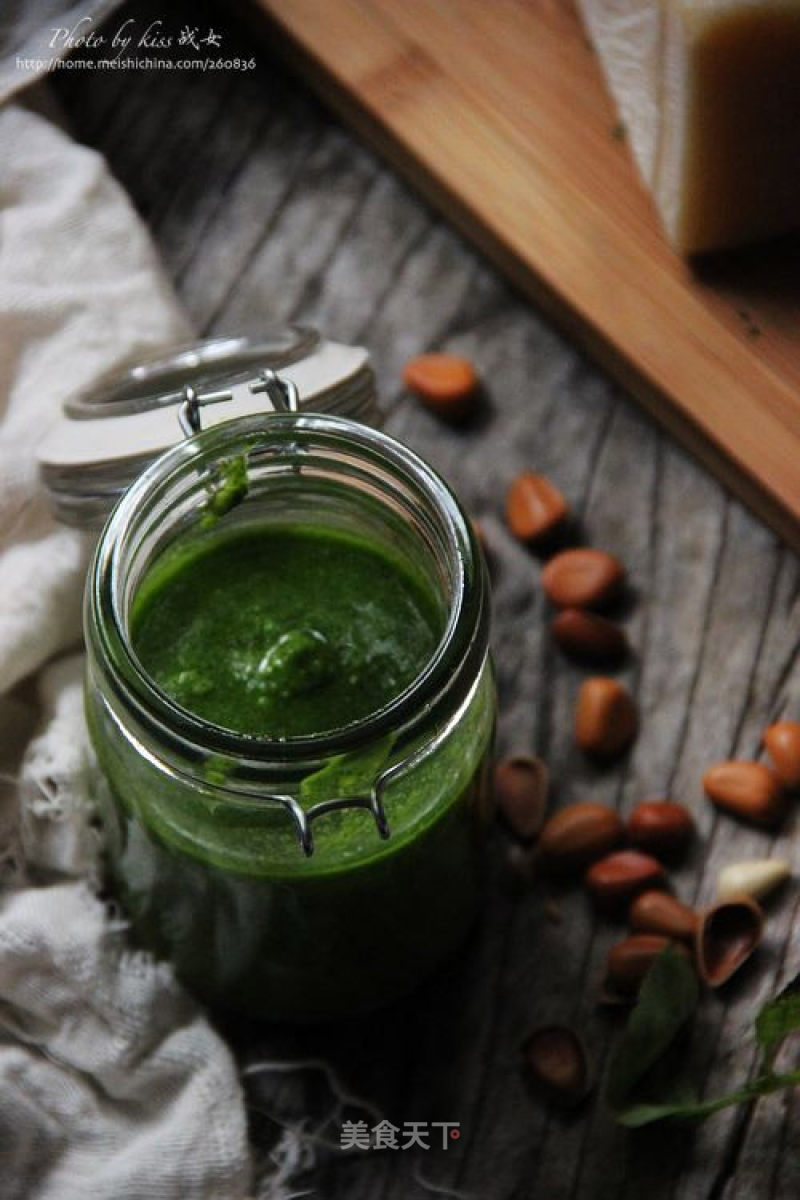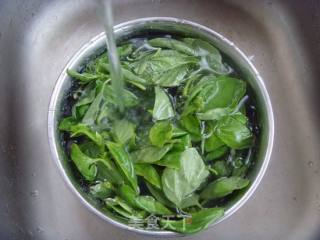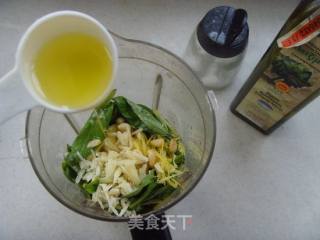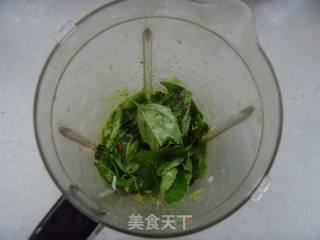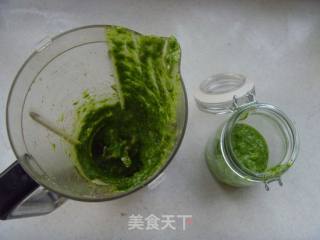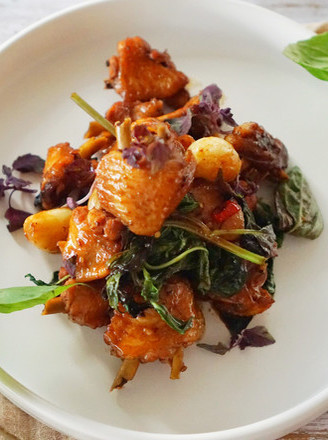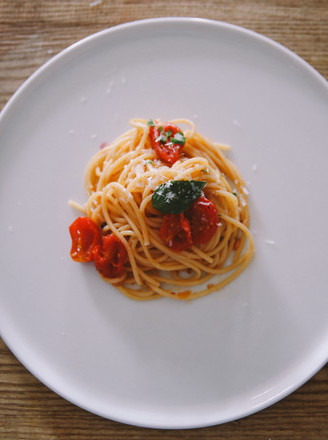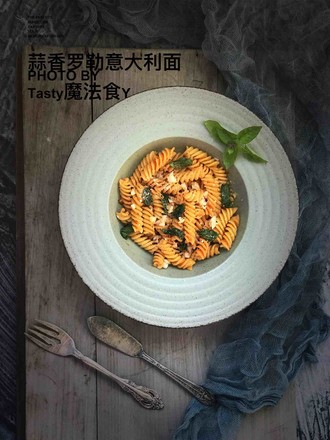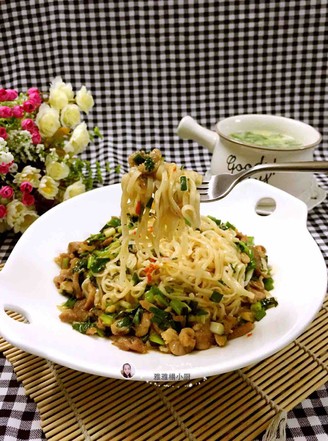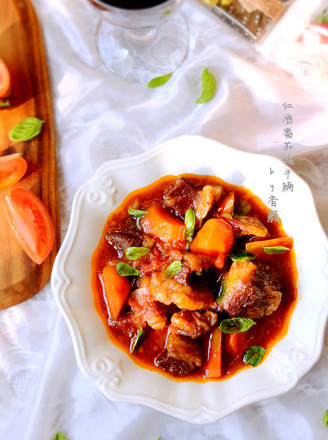Fresh and Full-bodied---homemade Italian Pesto Pesto
by kiss war girl
Favorite
Difficulty
Easy
Time
20m
Serving
2
Pesto is a cold sauce for pasta. The ingredients are also very simple: fresh basil leaves, pine nuts, minced garlic and olive oil. These are the basic ingredients for green sauce. With these, you can make the most basic and most popular. Pesto. It is very convenient to use, as long as it is mixed with the cooked pasta, it has a very strong aroma of basil and pine nuts. Compared to meat sauces that have to be simmered for a long time, this cold sauce is healthy and delicious, and is especially popular with girls.
Most of the time Pesto is used to mix noodles and spread bread, but now it is used more and more. It can be used to make marinades and dipping sauces for all kinds of meats, even steaks. "
Most of the time Pesto is used to mix noodles and spread bread, but now it is used more and more. It can be used to make marinades and dipping sauces for all kinds of meats, even steaks. "

